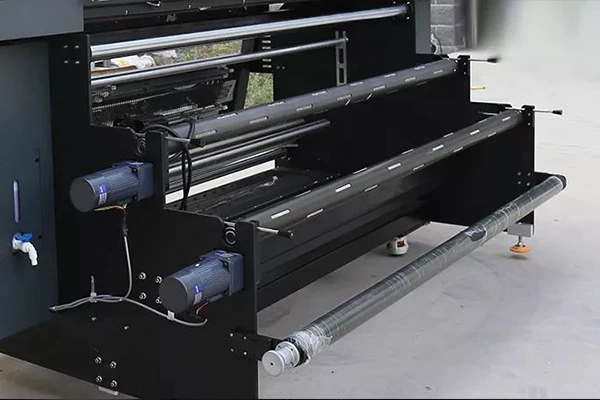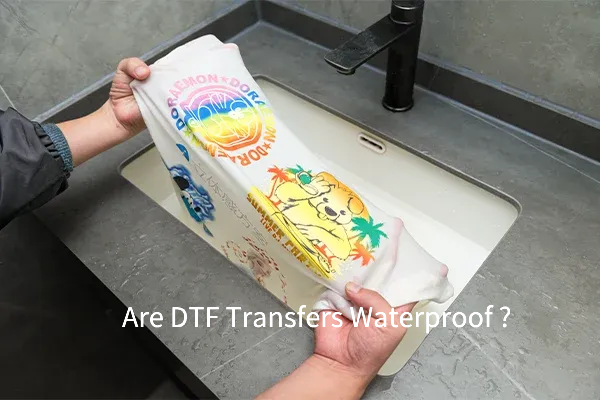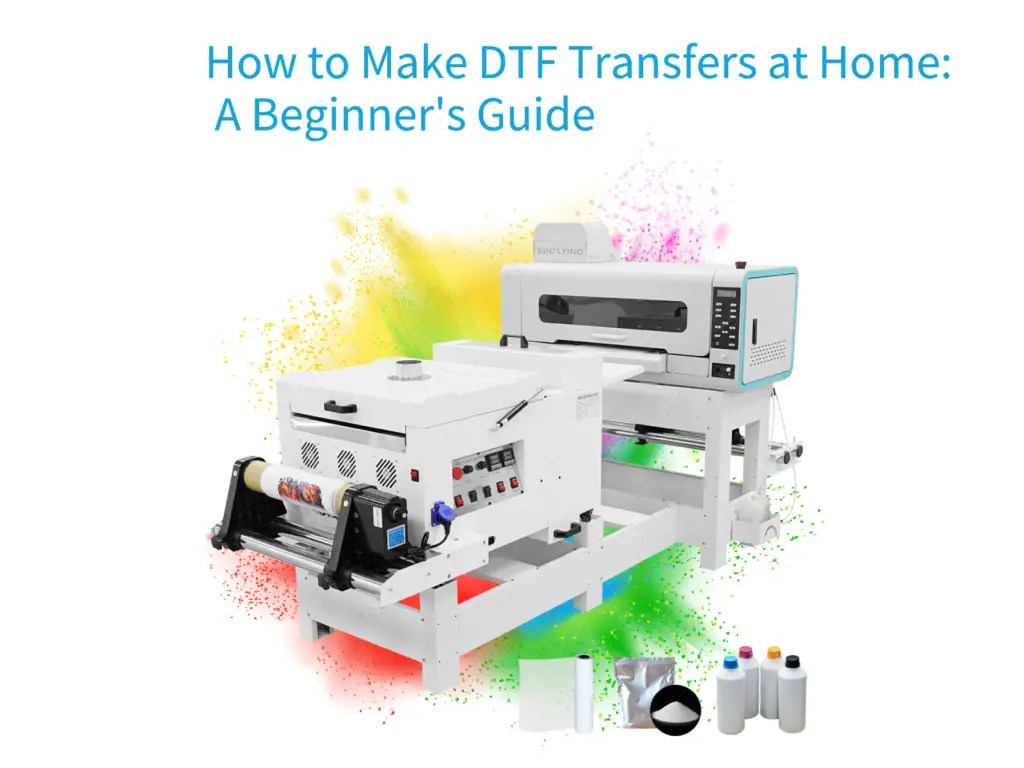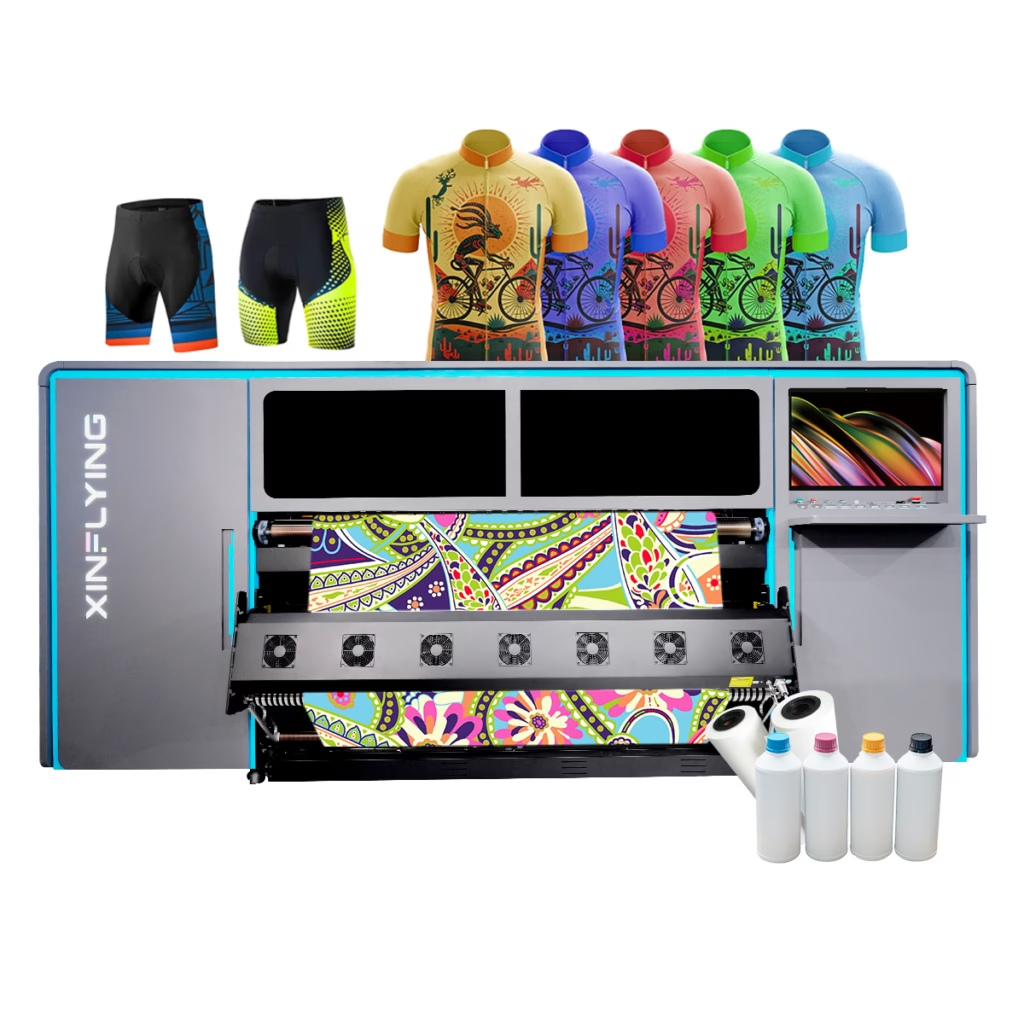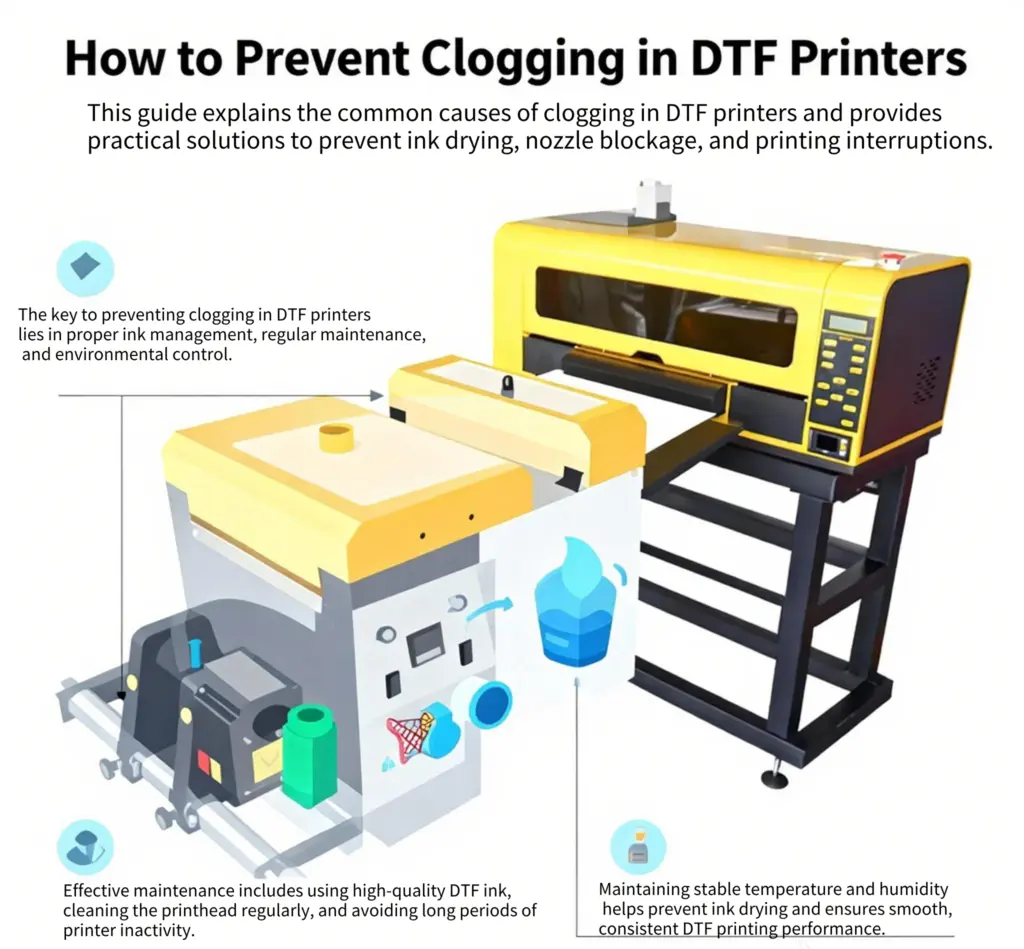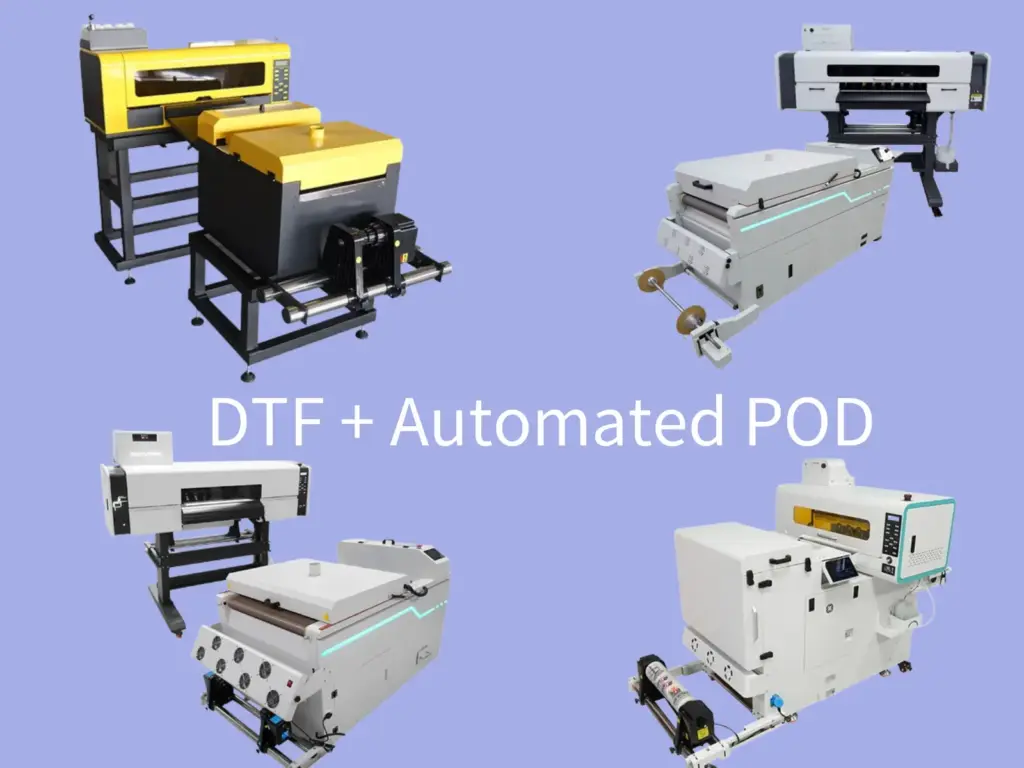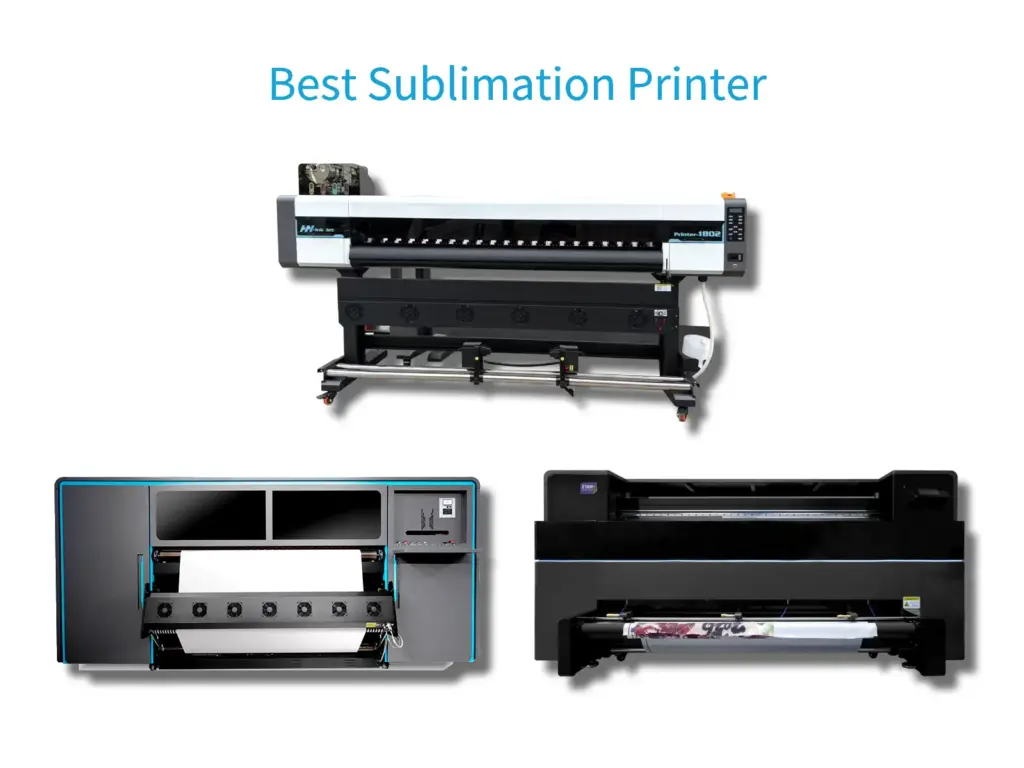
Kilde: https://www.pinterest.com.au
Sublimationsprint er en populær printteknik, der kræver en specialiseret sublimeringsprinter for at opnå høj kvalitet, langtidsholdbare udskrifter på en række forskellige underlag. At vælge den rigtige sublimationsprinter kan være en skræmmende opgave, med så mange producenter og modeller tilgængelige på markedet.
Denne komplette guide til sublimeringsprintere dækker alt, hvad du har brug for at vide, fra de forskellige typer printere, der er tilgængelige, til de nøglefaktorer, du skal overveje, når du foretager dit valg. Uanset om du er nybegynder eller øvet producent af sublimationsprinter, denne vejledning hjælper dig med at vælge den rigtige printer til dine behov og opnå høj kvalitet, professionelle resultater.
Hvad er sublimationsudskrivning?
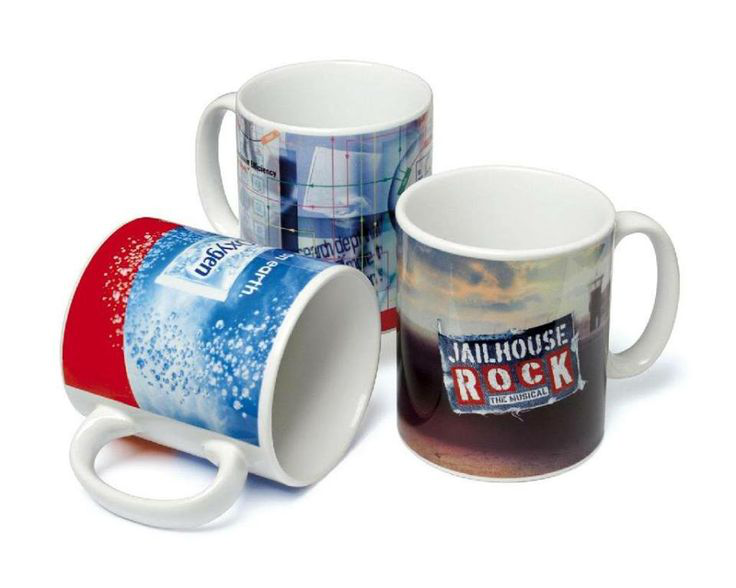
Kilde: https://www.pinterest.com.au
Sublimering udskrivning er en digital printteknik, der involverer overførsel af farvestof til et substrat (såsom stof eller plastik) ved hjælp af varme og tryk. Processen involverer udskrivning af det ønskede billede på et specialiseret transferpapir ved hjælp af sublimeringsblæk, som er en speciel type blæk, der kan blive fra et fast stof til en gas uden at gå gennem en flydende fase.
Overførselspapiret anbringes derefter på substratet og udsættes for varme og tryk ved hjælp af en varmepresse. Dette får sublimeringsblækket til at blive til en gas, som så gennemtrænger substratets fibre og bliver permanent indlejret i materialet. Resultatet er en høj kvalitet, livligt og langtidsholdbart print, der er modstandsdygtigt over for falmning og afskalning.
Sublimationsprint er almindeligt anvendt til skabe brugerdefinerede designs på tøj, såsom t-shirts, hatte, og trøjer, samt på reklamegenstande som krus, coastere, og telefonetuier. Det er et populært valg til udskrivning på polyesterstoffer, men kan også bruges på andre materialer såsom keramik, metal, og træ.
Sublimeringsudskrivningsproces
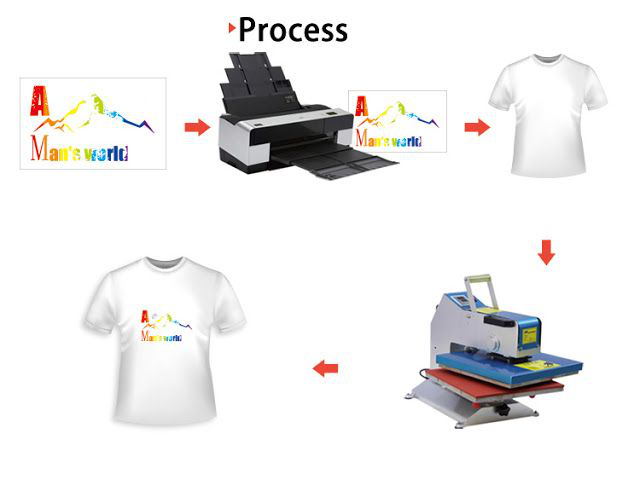
Kilde: https://www.pinterest.com.au
Sublimationstrykprocessen involverer typisk følgende trin:
1. Design
Opret eller vælg et design, som du vil printe på dit underlag. Dette kan gøres ved hjælp af grafisk designsoftware eller ved at købe præfabrikerede designs.
2. Trykning
Print designet på sublimeringspapir ved hjælp af en specialiseret printer, der er kompatibel med sublimeringsblæk.
Forberedelse af underlaget: Forvarm din varmepresse til den passende temperatur til dit underlag. Placer substratet på varmepressen og forpres det i et par sekunder for at fjerne fugt og rynker.
3. Placering af overførselspapiret
Læg det udskrevne overførselspapir med forsiden nedad på substratet, sørg for, at det er centreret, og designet vender mod underlaget. Fastgør overføringspapiret på plads med varmebestandigt tape.
4. Påføring af varme og tryk
Luk varmepressen og påfør den passende mængde varme og tryk i den anbefalede tid. Varmen og trykket vil få sublimeringsblækket til at blive til en gas og gennemtrænge fibrene i underlaget, skabe et permanent bånd.
5. Efterbehandling
Når tiden er gået, åbn varmepressen og fjern substratet og overførselspapiret. Lad substratet køle af, og fjern overførselspapiret. Designet skal nu være permanent indlejret i underlaget.
6. Kvalitetstjek
Undersøg underlaget for eventuelle fejl eller defekter, og foretage eventuelle nødvendige justeringer eller rettelser.
Underlag, der kan bruges med sublimationsprint

Kilde: https://inkteknigeria.com
Sublimationsprint kan bruges på en række forskellige underlag, men det er bedst egnet til materialer, der er lavet af polyester eller har en polyesterbelægning. Her er nogle almindelige substrater, der kan bruges med sublimeringsprint:
- Beklædning
Sublimationstryk bruges almindeligvis til at printe design på polyesterbaserede stoffer, inklusive t-shirts, trøjer, hatte, og andre beklædningsgenstande.
- Keramik
Sublimationstryk kan bruges til at printe designs på keramiske krus, plader, og fliser.
- Metal
Sublimationstryk kan bruges til at printe design på aluminium, messing, og andre metaloverflader.
- Plast
Sublimationstryk kan bruges til at printe design på plastikgenstande, såsom telefonetuier, nøgleringe, og vandflasker.
- Glas
Sublimationstryk kan bruges til at printe design på glasgenstande, såsom fotorammer og ornamenter.
- Træ
Sublimationstryk kan bruges til at printe design på træoverflader, såsom plaketter og skilte.
Blæk og overførselspapir: Sådan vælger du de rigtige
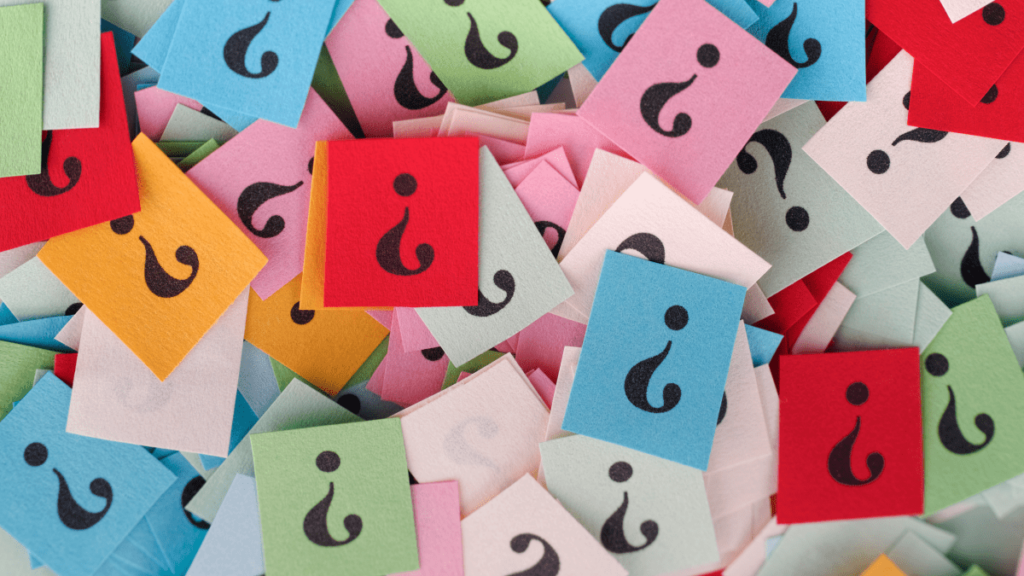
Kilde: https://www.babbel.com
Her er nogle tips til at vælge det korrekte blæk og transferpapir til din tiltænkte sublimeringsudskrivningsapplikation:
Overvej dit underlag
Den type substrat, du planlægger at udskrive på, vil spille en stor rolle i at bestemme, hvilken type blæk og transferpapir, du skal bruge. For eksempel, hvis du planlægger at printe på polyesterbaserede stoffer, du skal bruge blæk og transferpapir, der er specielt designet til brug med polyester.
Tjek printerkompatibilitet
Sørg for, at det blæk og det overførselspapir, du vælger, er kompatible med din printermodel. Nogle printere kan kræve bestemte typer blæk eller transferpapir for at producere udskrifter i høj kvalitet.
Overvej farveskalaen
Farveskalaen refererer til det udvalg af farver, der kan produceres af blækket. Se efter blæk og overførselspapir, der tilbyder en bred farveskala, da dette vil give dig mulighed for at opnå mere levende og præcise farver i dine print.
Se efter hurtige tørretider
Nogle sublimeringsfarver kan kræve længere tørretid, før de er klar til varmeoverførsel. For hurtigere produktionstider, se efter blæk, der giver hurtige tørretider.
Vælg overførselspapir af høj kvalitet
Kvaliteten af transferpapiret kan have stor indflydelse på kvaliteten af dine udskrifter. Se efter transferpapir, der har en høj frigivelseshastighed og er specielt designet til sublimeringsprint.
Overvej belægningsmuligheder
Nogle overføringspapirer leveres med en belægning, der er designet til at forbedre blækabsorption og overføringskvalitet. Se efter transferpapir med en belægning, der er kompatibel med din blæk og dit underlag.
Se efter værdi
Overvej prisen på blæk og overførselspapir, når du foretager dit valg, men sørg også for at vælge materialer af høj kvalitet, der giver de resultater, du ønsker.
Fordele og ulemper

Kilde: https://www.shutterstock.com
Fordele
- Prints af høj kvalitet: Sublimationsprint giver høj kvalitet, levende, og langtidsholdbare print, der er modstandsdygtige over for falmning og afskalning.
- Bredt udvalg af underlag: Sublimationsprint kan bruges på en række forskellige underlag, inklusive polyesterbaserede stoffer, keramik, metaller, plastik, og mere.
- Tilpasning: Sublimeringstryk giver mulighed for tilpasning af designs, gør den ideel til personlige gaver, tøj, og reklameartikler.
- Ingen rester: Sublimeringsprint efterlader ingen rester på underlaget, gør det til en renere og mere miljøvenlig trykmetode.
- Omkostningseffektiv: Sublimationsprint er en omkostningseffektiv printmetode, især ved mindre mængder, da prisen pr. print falder i takt med at mængden stiger.
Ulemper
- Begrænset farveudvalg: Sublimationstryk har et begrænset farveområde, da det kun kan producere farver, der er inden for farveskalaen for det valgte blæk.
- Begrænsede substratmuligheder: Sublimeringstryk er kun egnet til underlag, der er lavet af polyester eller har en polyesterbelægning, hvilket begrænser rækken af underlag, der kan bruges.
- Udgifter til udstyr: Sublimationsprint kræver specialudstyr, inklusive ensublimationsprinter, Varmepresse, og specialiseret blæk og transferpapir, som kan være dyrt.
- Læringskurve: Sublimationsprint kræver en vis dygtighed og erfaring for at opnå de bedste resultater, og der er en indlæringskurve involveret i at mestre teknikken.
- Ikke egnet til mørke underlag: Sublimeringsprint fungerer ikke godt på mørke underlag, somsublimationsblæk er gennemskinnelig og vil ikke vise sig godt på mørke farver.
Kreative muligheder med sublimationsprint

Kilde: https://blog.bookbaby.com
Sublimationsprint tilbyder en bred vifte af kreative muligheder, gør det til et populært valg for personlige gaver, tøj, og reklameartikler. Her er nogle kreative muligheder med sublimationsprint:
- Brugerdefineret beklædning
Sublimationstryk giver mulighed for all-over print på polyesterbaserede stoffer, hvilket gør den ideel til at skabe brugerdefinerede t-shirts, trøjer, og andre beklædningsgenstande med fuldfarvedesign.
- Personlige gaver
Sublimationstryk kan bruges til at skabe personlige gaver, såsom krus, coastere, telefonetuier, og fotorammer. Mulighederne er uendelige, og du kan printe alt fra familiebilleder til yndlingscitater.
Salgsfremmende varer: Sublimationstryk er ideelt til at skabe reklamegenstande, såsom kuglepenne, nøgleringe, og vandflasker, med dit firmalogo eller budskab.
- Skiltning
Sublimeringstryk kan bruges til at skabe skiltning, såsom bannere og flag, til arrangementer, messer, og virksomheder.
- Indretning til hjemmet
Sublimationstryk kan bruges til at skabe brugerdefinerede boligindretningsgenstande, såsom kastepuder, vægkunst, og bordløbere.
- Sportsudstyr
Sublimationsprint kan bruges til at skabe tilpasset sportsudstyr, såsom fodbolde, basketball, og frisbees.
- Tilbehør til kæledyr
Sublimationstryk kan bruges til at skabe personligt kæledyrstilbehør, såsom kæledyrsmærker og bandanas.
- Nyhedsgenstande
Sublimationstryk kan bruges til at skabe unikke nyhedsgenstande, såsom puslespil, spille kort, og magneter.
Almindelige fejl at undgå

Kilde: https://www.dreamstime.com
Sublimationstryk på tekstiler kan være en smule vanskeligt, og der er flere almindelige fejl, der kan opstå. Her er nogle fejl, du skal undgå, når du sublimerer tryk på tekstiler:
- Bruger det forkerte stof
Sublimationstryk fungerer bedst på polyesterbaserede stoffer, så sørg for at vælge stof, der er mindst 50% polyester. Undgå at bruge stoffer, der er for strækbare eller har et højt bomuldsindhold, da de måske ikke giver gode resultater.
- Forbereder ikke stoffet ordentligt
Før udskrivning, sørg for at forpresse stoffet for at fjerne fugt og rynker. Dette sikrer, at stoffet er fladt og klar til at modtage blækket.
- Bruger ikke nok tryk
For at sikre en god overførsel, stoffet skal presses med tilstrækkeligt tryk. Sørg for at justere trykket på din varmepresse i henhold til de anbefalede indstillinger for dit underlag.
- Bruger ikke det rigtige blæk
Sørg for at vælge sublimeringsblæk, der er specielt designet til brug med tekstiler. Brug af forkert blæk kan resultere i dårlig overførselskvalitet og farvenøjagtighed.
- Bruger ikke det rigtige overførselspapir
Vælg transferpapir, der er specielt designet til brug med tekstiler. Brug af forkert overførselspapir kan resultere i dårlig overførselskvalitet og farvenøjagtighed.
- Bruger ikke den rigtige temperatur og tid
Sørg for at bruge de anbefalede temperatur- og tidsindstillinger for din varmepresse. Brug af for lidt eller for meget tid eller varme kan resultere i dårlig overførselskvalitet og farvenøjagtighed.
Konklusion

Kilde: https://www.pinterest.com.au
Som konklusion, at vælge den rigtige sublimeringsprinter er afgørende for at opnå høj kvalitet, langtidsholdbare udskrifter på en række forskellige underlag. Ved at overveje faktorer som printertype, blæk type, Farveudvalg, og arkstørrelse, du kan vælge den bedste sublimeringsprinter til dine behov.
Derudover, det er vigtigt at vælge høj kvalitet sublimationspapir der er kompatibel med din printer og dit substrat. For dem, der leder efter et alternativ til sublimationsprint, DTF printers og DTG printers er også muligheder at overveje. Med oplysningerne og tipsene i denne komplette guide til sublimeringsprintere, du kan trygt vælge den rigtige printer til dine behov og opnå professionelle print, der vil imponere.

